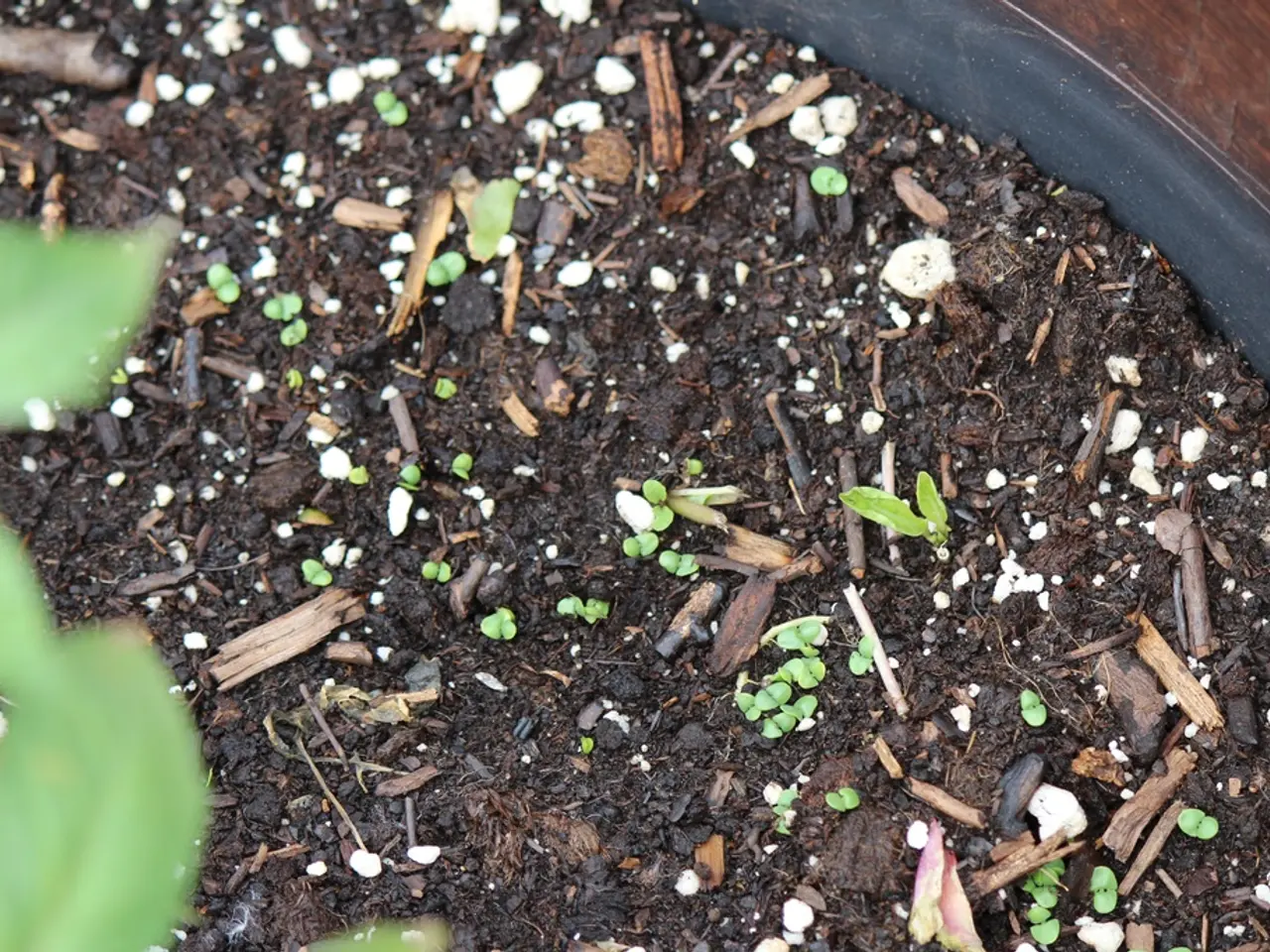Persistence of Herbicides in Composted Hay - Does Herbicide Survive in Hay After Composting?
In the world of gardening, herbicide carryover is a lesser-known but significant concern. This condition occurs when herbicides remain active in compost and other soil amendments, potentially causing harm to the plants grown in the affected soil.
Herbicides, particularly those like pyridine carboxylic acids that are designed to combat broadleaf weeds, can persist for months. These persistent herbicides can find their way into garden amendments through various means, such as the use of contaminated soil amendments, herbicide carryover in manure, or even treated straw and hay.
The signs of herbicide carryover can mimic numerous other plant conditions, making it challenging to identify. Stunted growth, misshapen plant material, poor seed germination, and death of young seedlings are common indicators. In some cases, the presence of insects may also be suspected due to herbicide carryover.
Cupped, elongated leaves are a major clue of herbicide carryover, especially in nightshade plants, beans, peas, legumes, and many other plants that are particularly susceptible to this issue. Herbicide carryover can affect all plants in a garden, making it a potential threat to the entire crop.
To prevent herbicide carryover, it's crucial to follow best practices. Firstly, source your amendments carefully. Reputable sources known to be free of herbicide contamination are the safest choice. Avoid using compost or manure that may have been exposed to persistent herbicides in animal feed or pasture.
Secondly, test your amendments before use. If you're concerned about herbicide residues, conduct a bioassay test by growing sensitive plants in the amendment before widespread application. This can reveal if carryover herbicides are present.
Thirdly, use well-composted materials. Properly composted materials at high temperatures can help degrade many herbicides, reducing the carryover risk. However, some herbicides like aminopyralid and clopyralid are highly persistent and may survive composting without thorough degradation.
Fourthly, include soil conditioning steps. Amending soil with biochar, humates, or humic acids can enhance microbial activity, which can aid in breaking down some herbicides over time, improving soil resilience and reducing long-term carryover potential.
Fifthly, avoid cross-contamination. Store herbicides and organic amendments separately to prevent unintentional contamination.
Lastly, while not directly related to carryover, physical barriers such as edging and landscape fabrics can help prevent weed seed spread into garden areas, complementing herbicide management.
Because herbicide carryover results from persistent herbicides remaining active in organic materials, vigilance in sourcing and testing amendments is the most direct prevention strategy. Incorporating organic soil conditioners that boost microbial breakdown also supports safer amendment use.
If contamination occurs, it's important to note that you cannot plant in that area for 12 months due to the high toxicity. Properly cured animal manure can add a super shot of nitrogen to garden beds, but to prevent contamination, use sterile manure, organic hay, or organic straw. Soil tests are the only way to determine if there is grass herbicide carryover or manure contamination.
By understanding and addressing herbicide carryover, gardeners can ensure a healthy and thriving garden, free from unnecessary harm.
Science plays a vital role in the health-and-wellness of gardens, particularly when it comes to identifying and countering the effects of herbicide carryover. Fitness-and-exercise for plants, such as using well-composted materials and incorporating organic soil conditioners, can help build resilience against persistent herbicides. Nutrition, in this context, involves sourcing uncontaminated amendments and conducting tests to ensure the health of garden plants.




